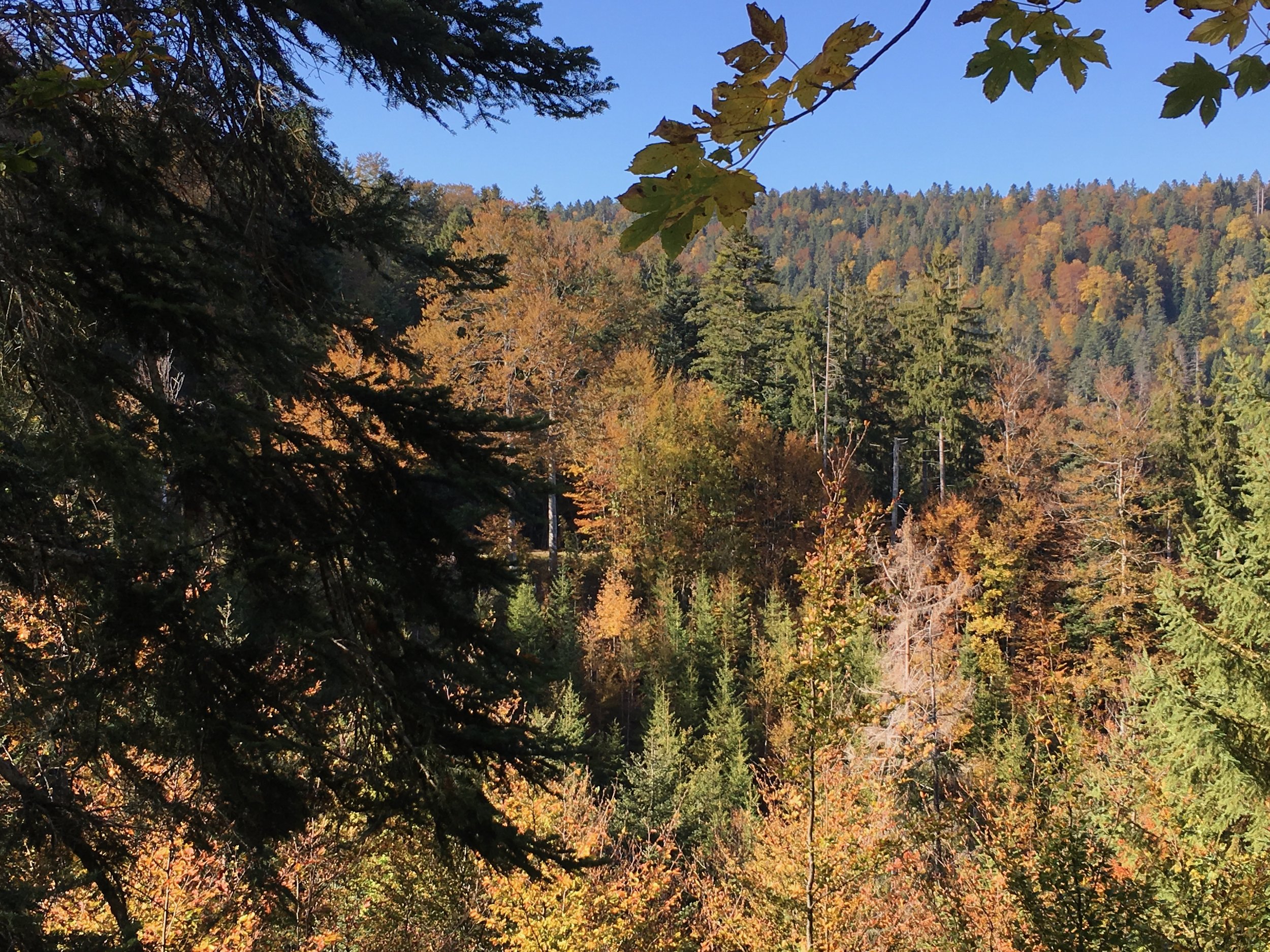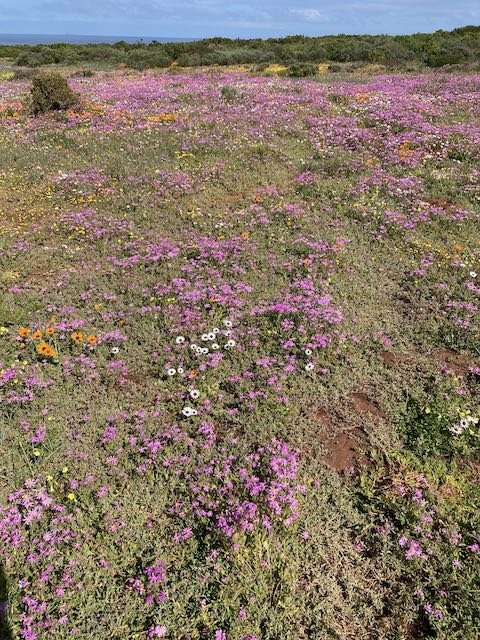Listening to Birds
(How to use the site…)
This site, covering over 100 common European species, is designed to help you learn about the songs, calls and behaviour of birds you may hear on your outings. It uses stories, images, sounds and sonograms all in one place for each species. A separate “Sound Diary” tells stories of a sound recordist in the field.
Looking for something?
Insert a key word to search for something you have in mind, or go through the lists below:
Stories from the Sound Diary
Read stories of field experiences whilst recording birds, the oddities and other species I stumble across, and explore topics beyond the main scope of this site…
RECENT STORIES……….
Changing Shifts…..
A recording I made at dawn in 2023, at 1200m a.s.l in a sub-alpine spruce forest. It opens with a Cuckoo (="day shift") and a Tawny owl (="night shift"). Slowly another day bird, the European Robin, picks up momentum in its contribution to the dawn chorus. At 20 secs another "night shift" bird, the Woodcock, enters making its eery "roding" call, and flies from left to right across the scene. A critical time, when night sounds change to day sounds, that lasts for only a few minutes.
But how long will these rich forest habitats remain intact? Climate change is now stressing the trees which show bad attacks of bark beetles, and the hotter climate is drying out the marshes and damp undergrowth upon which the Woodcocks depend. The piece closes with the approach of an aircraft, from the left almost chasing the Woodcock, which for me is symbolic of the the approach of the growing human footprint which is endangering such wonderful habitats.
Sub-alpine Spruce forest
It contains an interesting mix of birds: the Cuckoo and Woodcock both are not that common nor are they easy to record. And it represents a scene which will inevitably disappear as human activities slowly strangle such habitats.
For more on each species follow the links under the name
For more stories from the Sound Diary >>>>>>> READ HERE>>>>>>>
Conversation with a Cape Crow
West Coast N.P in bloom !!
Late last year I was able to spend two weeks in South Africa, travelling up the west coast where the desert flowers were in bloom following a wet spring season. I did not imagine that one of the highlights of the trip was to be a crow. Listen to the background story and the incredible lecture that the star of the show gave me.
This recording recently gained first place in Class 1 (Individual Species) of the Wildlife Sound Recording Society (WSRS) competition for 2023.
For more on WSRS activities and other competition entries see here:
For more stories from the Sound Diary>>>>> READ HERE>>>>>>>>>
Black or Green? …. a woody conundrum
We know woodpeckers drum, but they also have a voice, and some species announce their presence or territory in a very strident manner. Black Woodpeckers and Green Woodpeckers are both present in European forests, and at a distance their advertising calls can be easily confused. There is an easy way to sort them out however, which you can learn in this diary entry.
For more on this story >>>>> READ HERE>>>>>>>>>
How did I end up doing this ??
People often ask me how I got interested in wildlife recording, and how and why I ended up writing “Wildechoes” which started about 15 years ago.
A few months ago I did an interview/podcast with Melissa Pons of “Earth.fm” which you can listen to here.
For more sound diary stories SEE HERE>>>>>>>>>>>>
Chaffinches Fly Apart !
Azores Chaffinch: about to become Coelebs moreletti
Remote islands usually have fewer bird species than the nearby mainland, and those that are there are apt to evolve new habits and even become new species. Common Chaffinches in the Atlantic Islands have been known for some time to sing differently than those on the mainland and, based on new genetics studies, we learn they are about to become four new species. For a glimpse into all this listen below to compare Chaffinch song from mainland Europe with that of the new species: the Azores Chaffinch.
For more on this story >>>>> READ HERE>>>>>>>
The little fluffy folks who like to duet…..
The Little Grebe seems an unremarkable bird until you realise you may actually be listening to a pair duetting without even noticing…..
The secrets in a Swift’s scream…..
Bird species where the male and female have identical plumages are known as monomorphic. If the plumages are identical the birds clearly need some other cues to be able to identify each other, at a minimum to be able to identify the opposite sex, and ideally the individual. We know that birds can detect ultra-violet light, but this doesn’t help if the plumages are identical.
Swifts are interesting birds, apart from the nesting period, or during extreme events, they live their life on the wing - eating, sleeping and migrating thousands of kilometres twice a year. I recorded activities at a Swift colony about 12 years ago. Using a parabola I could pick up individual birds as they entered and departed the roof space of an old farmhouse in which they nested. I also recorded those events called “screaming parties” where a flock of Swifts careen through the air at high speed and close proximity making their screaming calls - you mostly see this at dusk. I recorded all these screams, and then went on my way thinking that was all there was to it.
Recently I came across a book that made reference to males and females having different calls. This surprised me as I had heard very little in the way of variation in their voices. So I dug into it, found the relevant references, and re-visited my old recordings to see if I could pick out what the authors described.
Lo and behold !! There it was clear as day in my old recordings, and I had been in sublime ignorance thinking that Swifts, whilst having a fascinating lifestyle, were really quite boring when it came to voice - not true at all……
More nocturnal goings on……
One of my recent entries covered my adventures to record the secretive Three-toed Woodpecker, which took time, but was successful in the end. Another elusive species I have made good progress with this year is the Long-eared Owl. Although I had many people who reported seeing/hearing them, all were in places close to human habitation, and had too much traffic or human noise to make for a desirable recording location.
After some searching and sampling, I managed to pin down a suitable location in a small copse of trees adjacent to open farmland - still a bit too close to human-made noise for my tastes, but that is where the birds were. Because this was the start of the breeding season and I did not want to disturb them, and also because this is a highly nocturnal species with vision far superior than mine, most of this work was done using static unattended devices. This is always a rather hit-and-miss method, but at least you do know that the birds are behaving “normally”, not reacting to a clumsy human stumbling around. With care and appropriate fieldcraft however you can get satisfactory results.
My birds shared their small copse with at least one pair of Tawny Owls. I had been told that Long-eared owls avoided proximity to Tawny Owls as the latter were more aggressive and could prey on their smaller cousins. However, the following nearly 4-minute recording shows this not to be in this case. You can hear the male Long-eared Owl giving its advertising hooting call, in its low (400Hz) tone, whilst the Tawny’s at a higher frequency have quite emotional interactions, either between the pair or a dispute with another pair:
The piece starts with the Long-eared hoots, and a caterwauling exchange between the Tawnys. At 55s you will hear the pulsed hooting of the Tawny male - a sure sign of courtship, whilst the female makes her “kewick!” calls in the background. At 2m15s the scene again seems to become more emotional. All through these goings on with the Tawnys the Long-eared Owl hoots away steadily, not disturbed in the least by the presence of the Tawnys.
You probably heard plenty of dogs barking in the background from the several farms within a 2km radius of the site. This is an area which gets frequently visited by European Wolves which have re-established in recent years. Many farms have invested in more dogs to protect their stock and all are very nervous and noisy.
LISTEN TO MORE sounds from Tawny and Long-eared Owls
It’s all in a morning’s work …….
Finally tracked down the the right place to record the calls of Three-toed Woodpecker. Placing an unattended recorder close to a nest hole I had a wonderful surprise when I found what happened when a Roe Deer walked in on the scene…
Male Roe Deer. (Eirik Olsen on Unsplash)
Wolves can once more signal their presence in the Jura Mountains after being extirpated across Switzerland 150 years ago. Read this account of their astonishing recovery and hear how an extinct sound once more complements the landscape
Things that go “HOOT” in the night
Is it a sign of great fortune or an omen foretelling a tragedy? A deeper exploration of one of the more common sounds we often hear after dark …
Hunting for nuggets in the dark…..
The darkness can be intimidating, but slowly we can learn to unravel nocturnal life
“Tweedledum and Tweedledee”….
…are the identical twins from “Through the Looking Glass” by Lewis Carrol. The two European species of treecreeper (Certhia) often remind me of those fictional characters from my childhood. The Eurasian and Short-toed Treecreepers look almost identical but happily co-habit, and are hard to tell apart until you hear them sing, then things become easier. I hope this article helps those folks who are as confused as I was when I first encountered them both together.
Magical mimic
A bird which has an extraordinary ability to steal songs from other species whilst still having its own acoustic identity.
BIRDS OF JABARKHET
Jabarkhet in Spring - new leaves and flowers
A place close to my heart, the Jabarkhet Nature Reserve is a remarkable location in India, just outside Mussoorie, in the Gharwal HImalayas. A few years ago I produced a sound guide to the commoner birds of the reserve which you can download here, all proceeds from the guide go back to this privately funded reserve. One of those sounds, “Himalayan Morning”, won the “Silver Fox” trophy awarded by the Wildlife Sound Recording Society. You can read more here about the background to this fascinating area (including the house where George Everest used to live). More recently, a short documentary was made showcasing how this jewel of a place has contributed to conserving India’s heritage. This is a must to watch if birds and the conservation challenges of India are of interest to you.
EXPLORE
❧
Who we are..
Chris Hails
Wildechoes founder, writer and recordist
Arlette Berlie
Swiss nature photographer
Frank Jarvis
British bird artist and illustrator
























